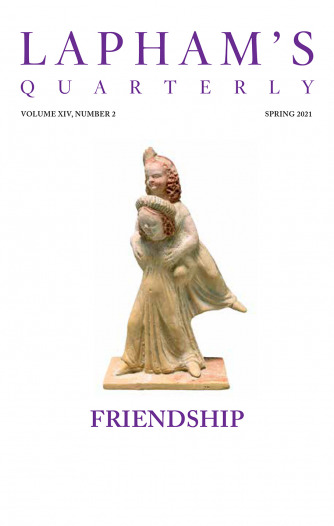The following organizations shall be exempt from taxation:
Corporations and any community chest, fund, or foundation, organized and operated exclusively for religious, charitable, scientific, testing for public safety, literary, or educational purposes, or to foster national or international amateur sports competition, or for the prevention of cruelty to children or animals, no part of the net earnings of which inures to the benefit of any private shareholder or individual, no substantial part of the activities of which is carrying on propaganda, or otherwise attempting, to influence legislation, and which does not participate in, or intervene in (including the publishing or distributing of statements), any political campaign on behalf of (or in opposition to) any candidate for public office.
Internal Revenue Code Section 501(c)(3). In August 1954 an overhaul of the Internal Revenue Service and federal tax law introduced section 501, subsection (c), which outlined the types of nonprofit organizations exempt from many federal income taxes. Besides those in (c)(3), exempt groups included (c)(8)’s fraternal beneficiary societies operating under the lodge system and (c)(13)’s cemetery companies that bury only their members. Communist-controlled organizations were mentioned as being barred from exempt status in 501(e). There are to date over 1.5 million registered 501(c) organizations in the United States.
Back to Issue


